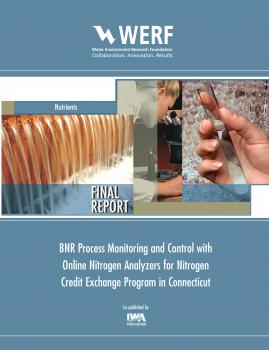 |
BNR Process Monitoring and Control with Online Nitrogen Analyzers for Nitrogen Credit Exchange Program in Connecticut
BNR Process Monitoring and Control with Online Nitrogen Analyzers for Nitrogen Credit Exchange Program in Connecticut

Long Island Sound was designated as an "estuary of national significance" in 1998, and the Long Island Sound Study (LISS) was directed to develop a comprehensive conservation and management plan (CCMP) for protecting and enhancing the water quality and health of the Long Island Sound. A reduction of 58.5% of the nitrogen load from point and non-point sources within 15 years (by 2014) as measured against the 1990 base load was adopted by the CCMP. To administer and enforce the nitrogen reduction target, the Connecticut Department of Environment Protection (CT DEP) in conjunction with the LISS and U.S. EPA developed a total maximum daily load (TMDL) in 2001. To achieve the TMDL goals, the CT DEP developed a nitrogen trading program among 79 wastewater treatment plants located throughout the state, and established the Nitrogen Credit Advisory Board (NCAB) and the Nitrogen Credit Exchange (NCE) Program in 2002.
In 2008, the NCAB proposed funding for the purchase of online or portable analyzers for DO and nitrogen, up to $40,000 for each wastewater treatment plant, to improve BNR process control. The total funding recommended by NCAB was $1,966,500. The study presented in this report summarized the use of online analyzers by water pollution control facilities (WPCFs) in Connecticut, and considerations for the use of online analyzers for automated process control are discussed. Case studies from the wastewater treatment facilities in Connecticut were provided, which sheds light on the practical approaches towards automated online process control for the improvement of BNR process performance.
WERF Report: NUTR1R06y
Also available as part of your Water Inteligence Online subscription
Publication Date: 01/10/2015eISBN: 9781780407692Pages: 216 |
Print:
|